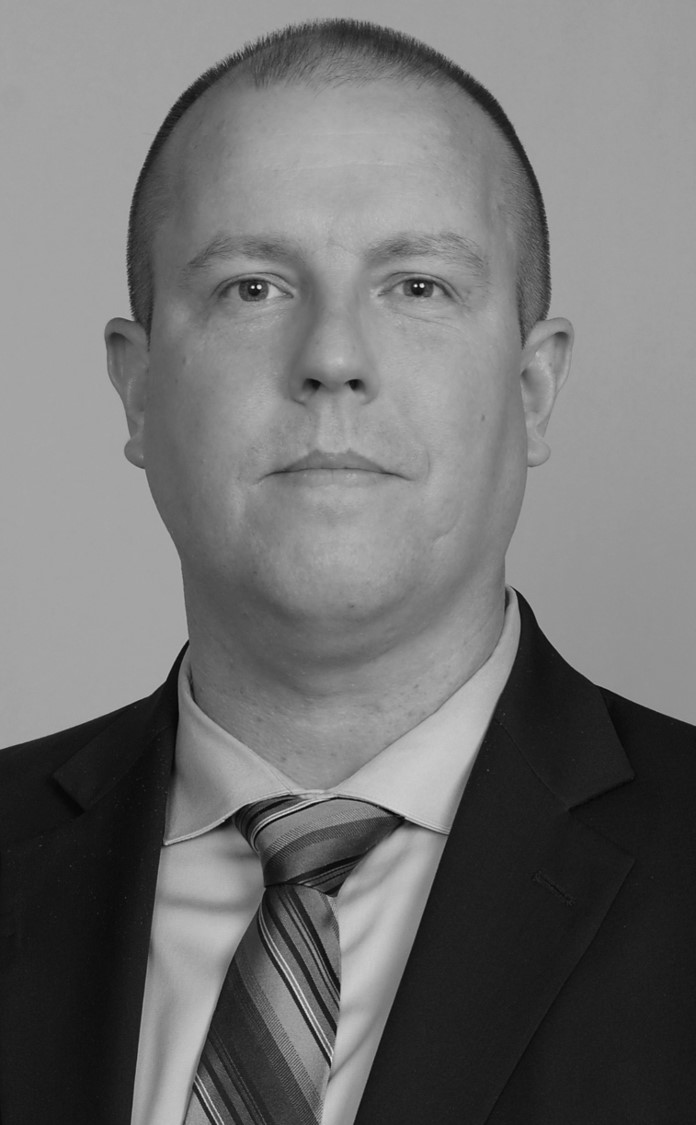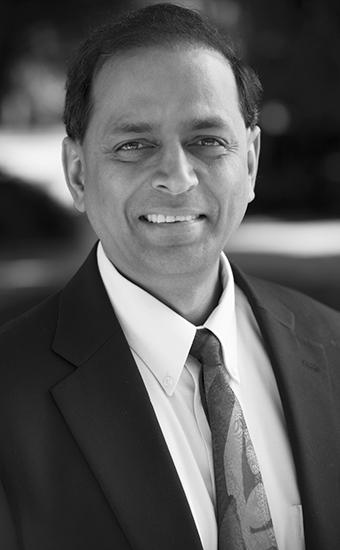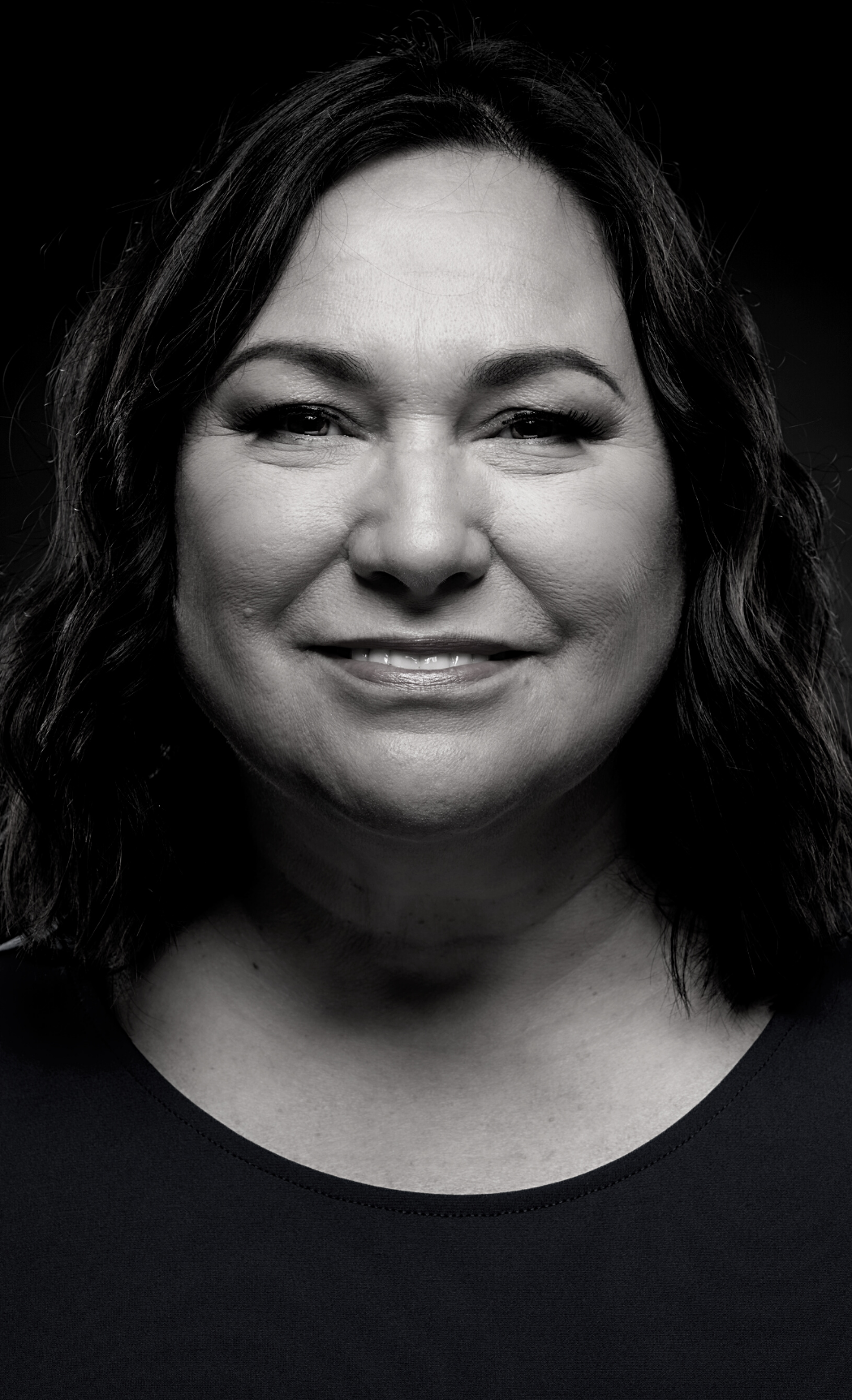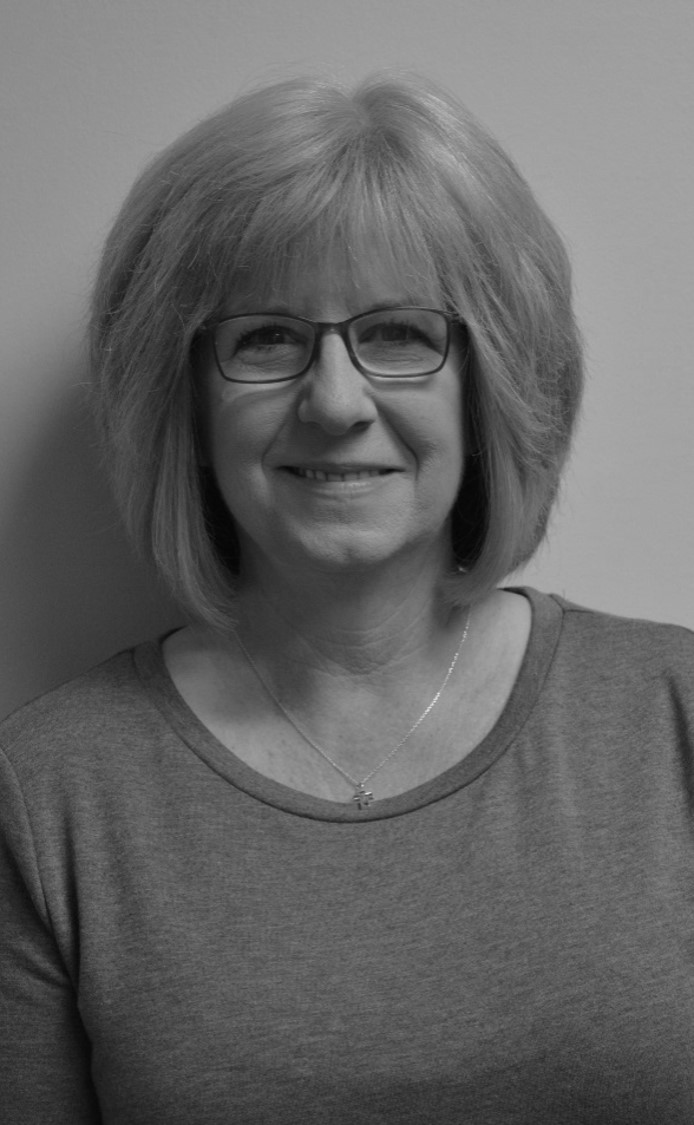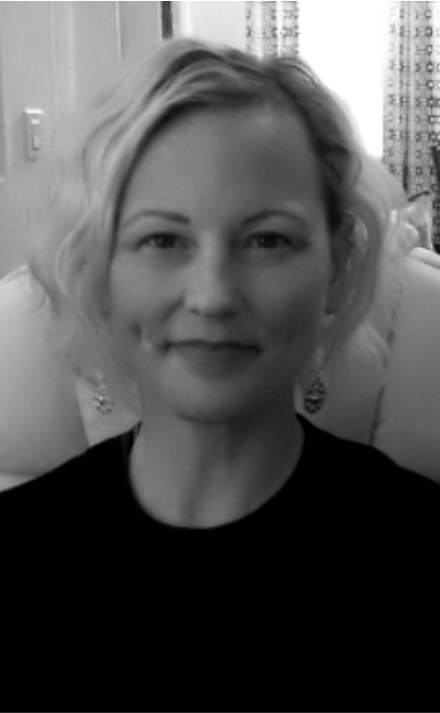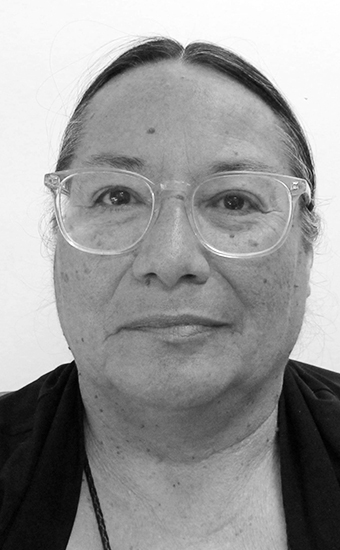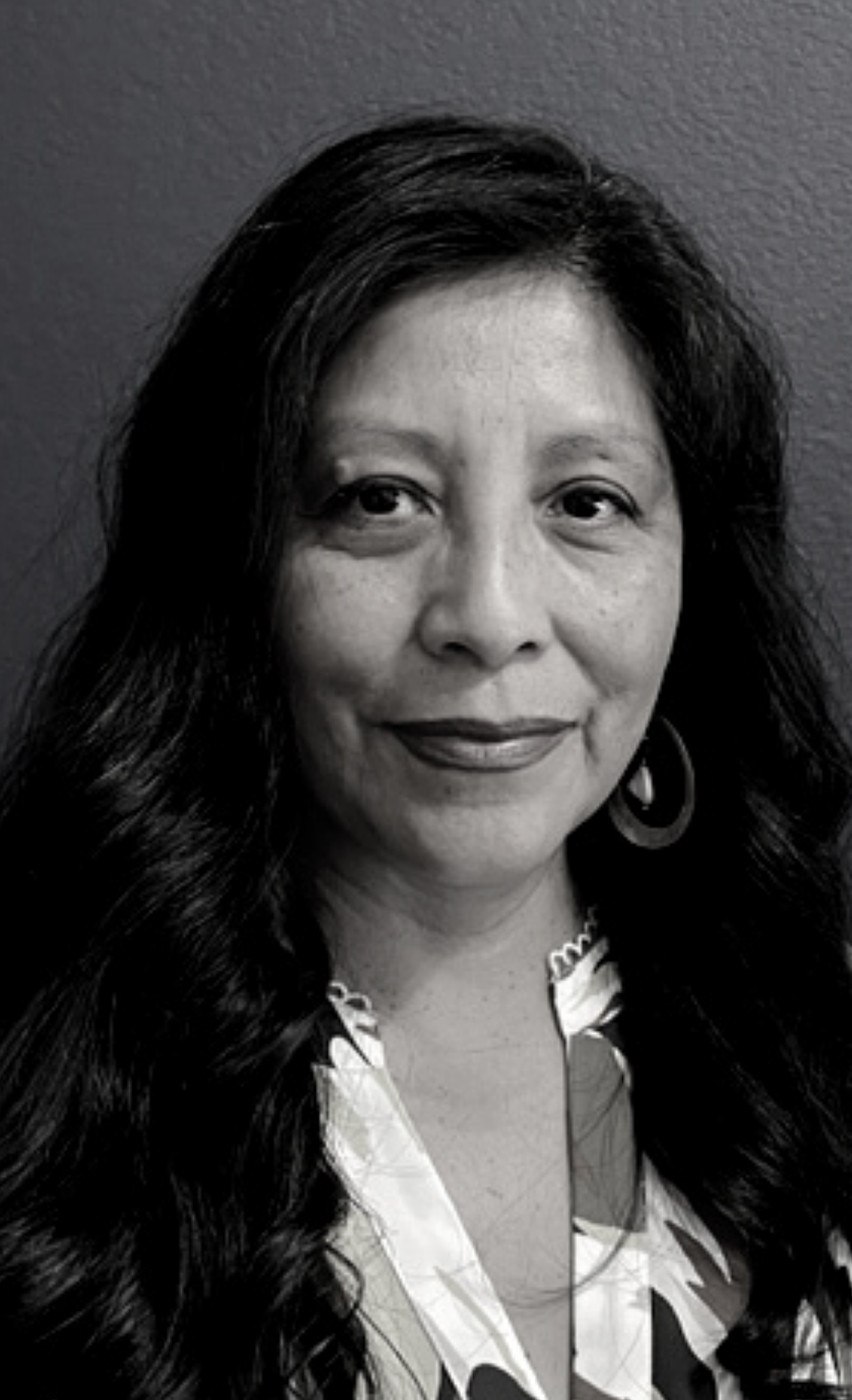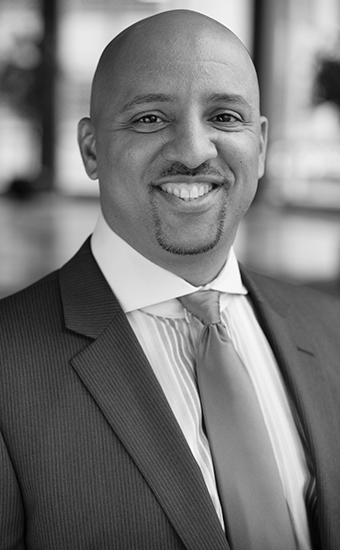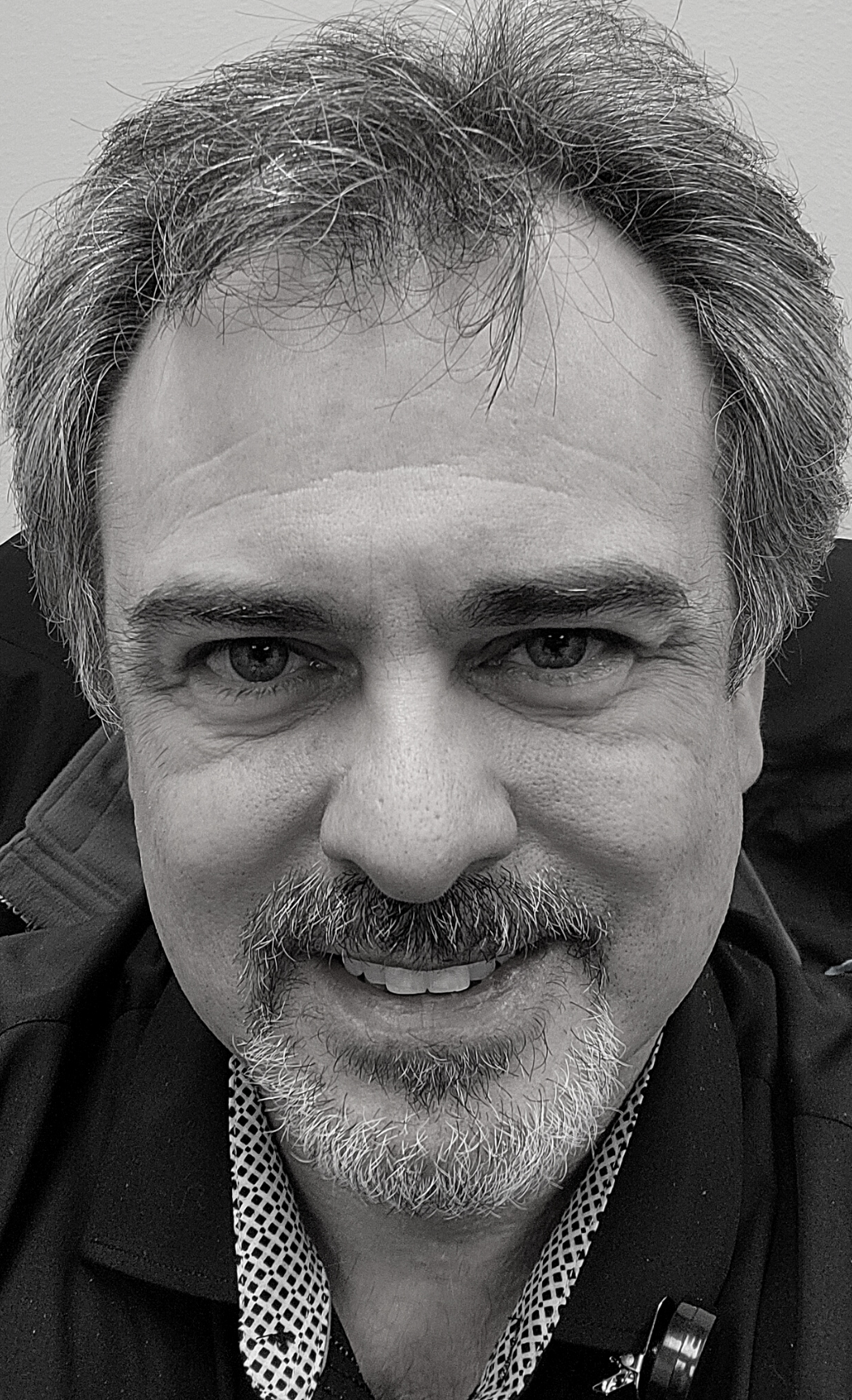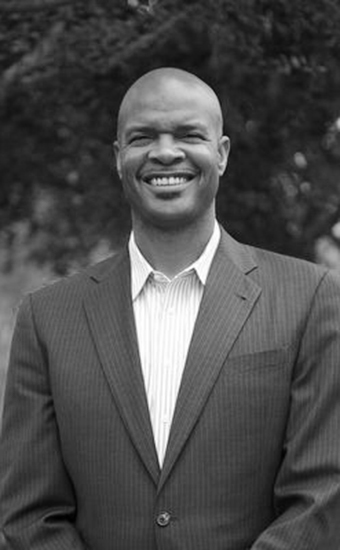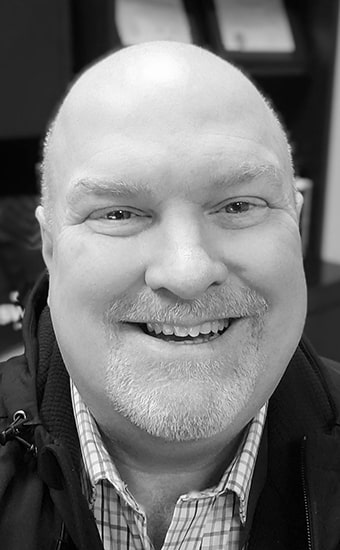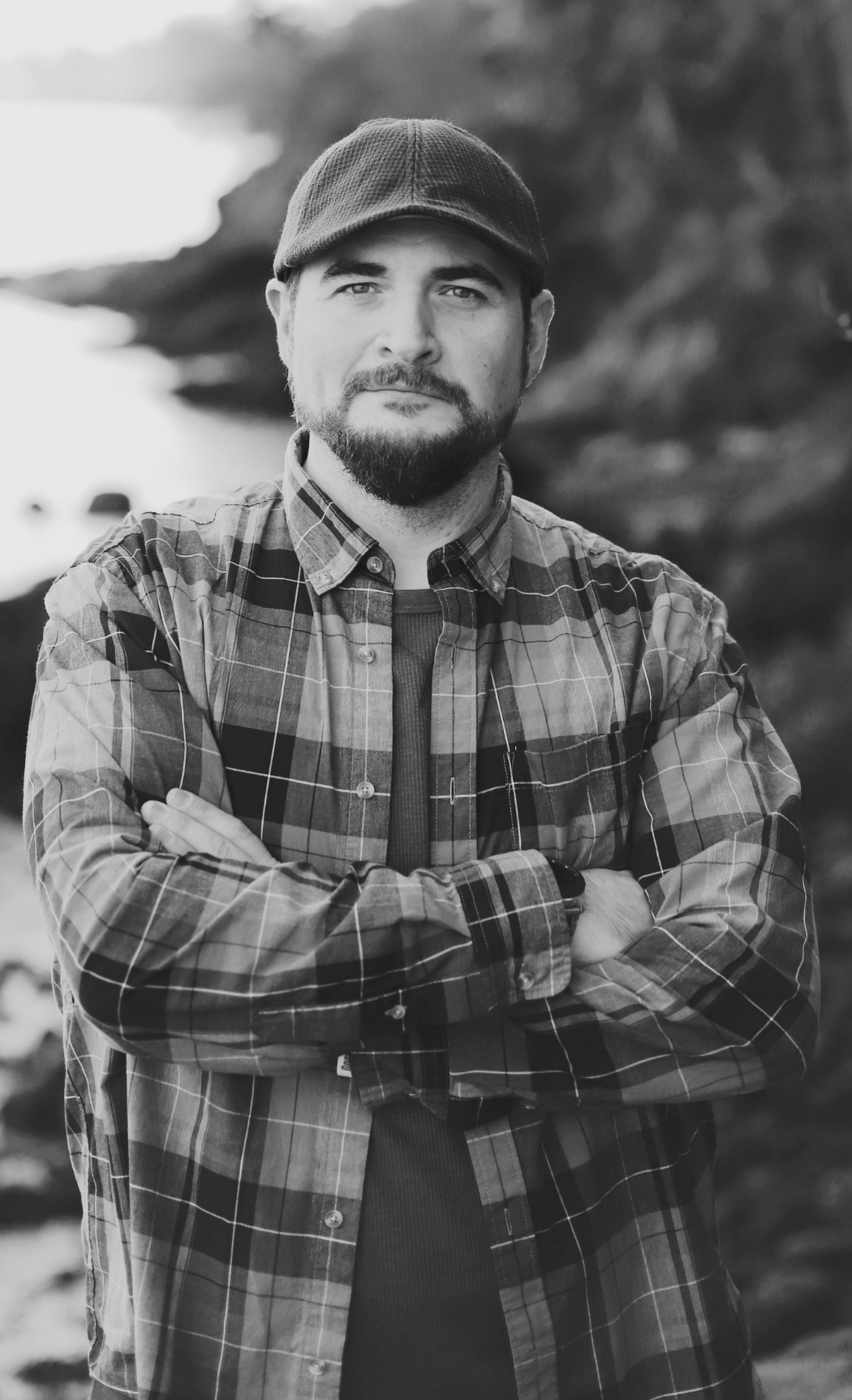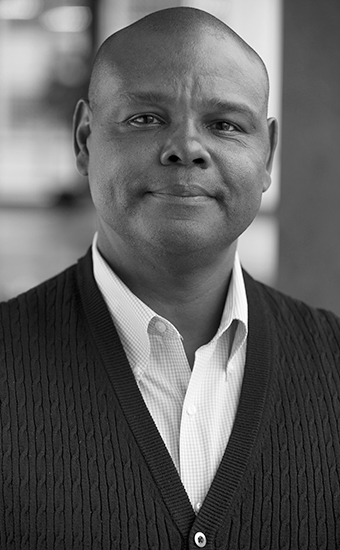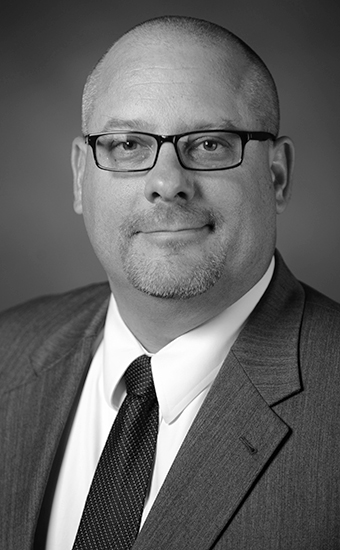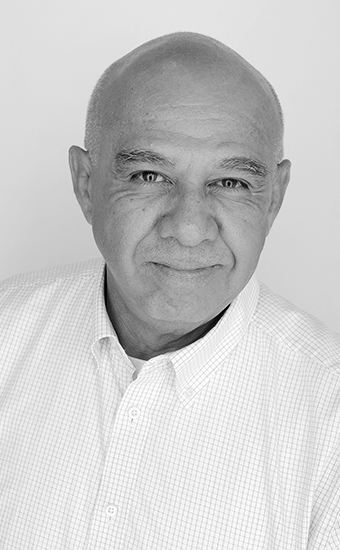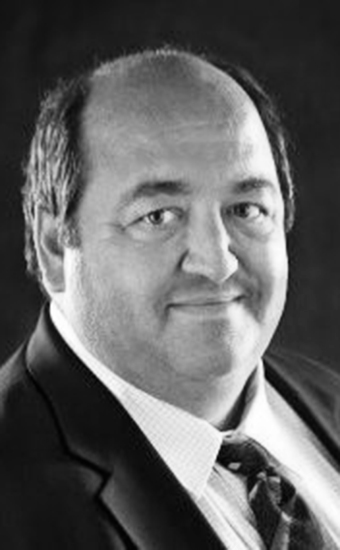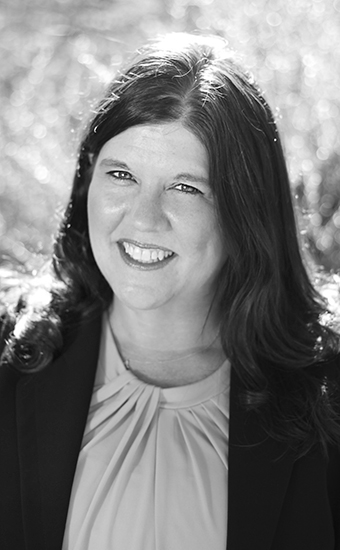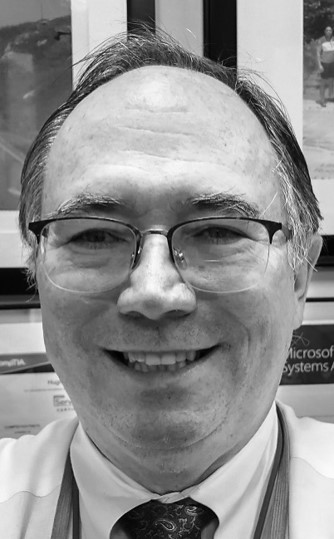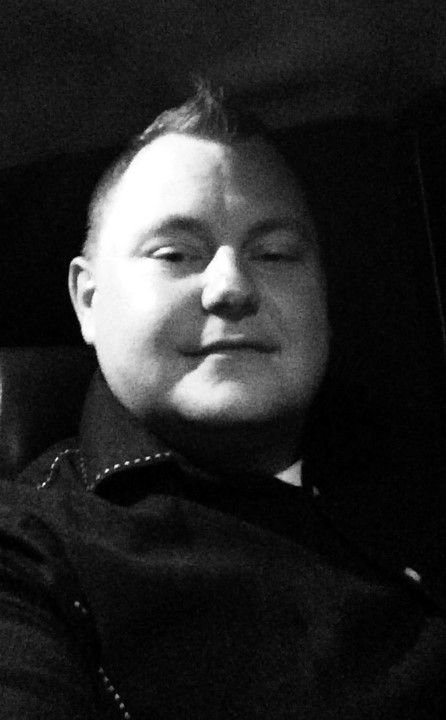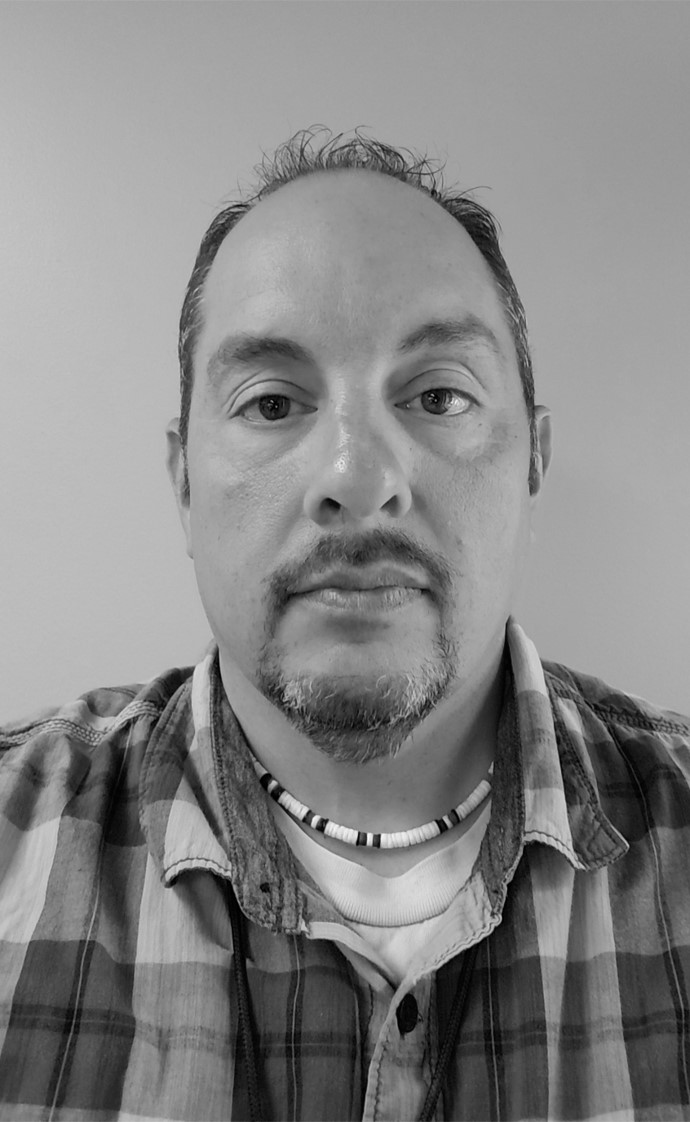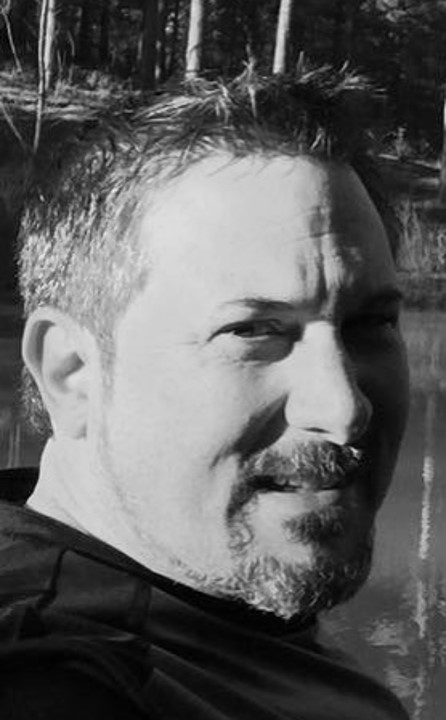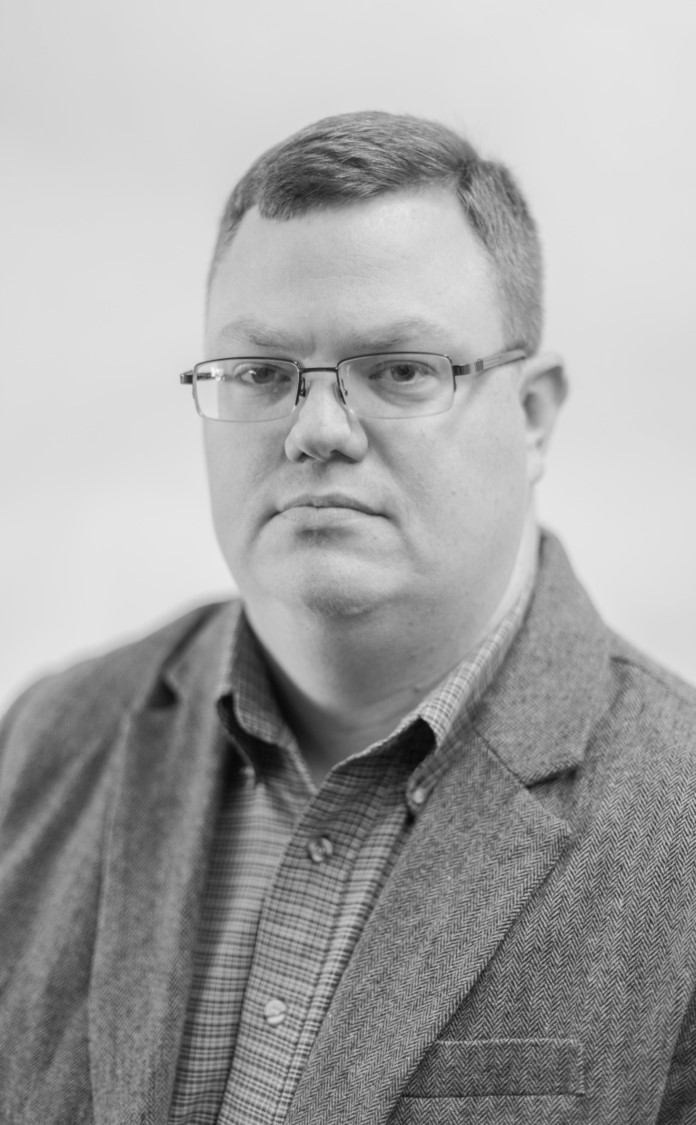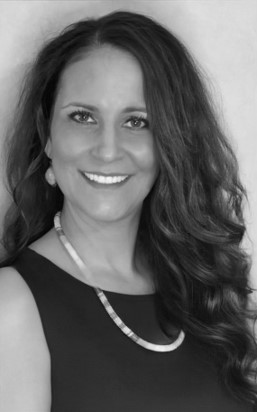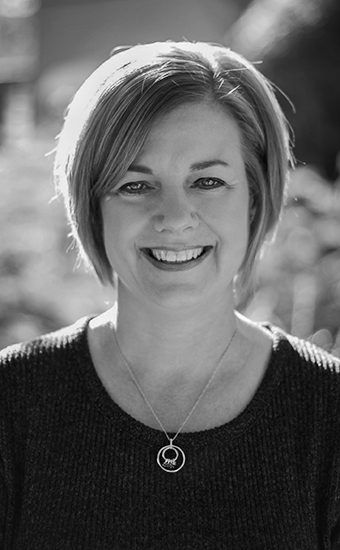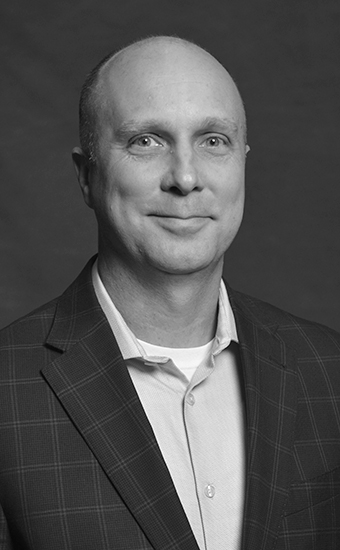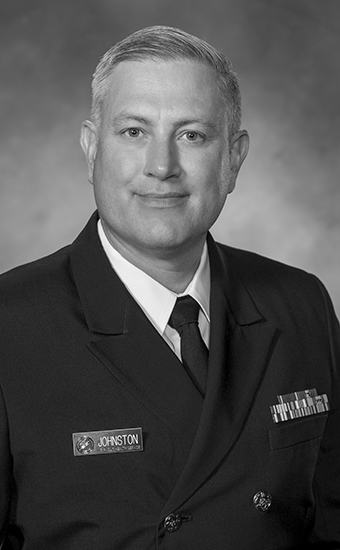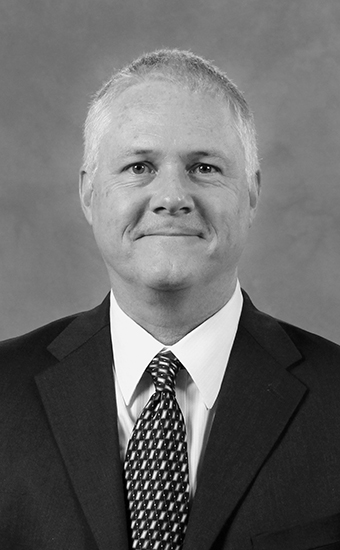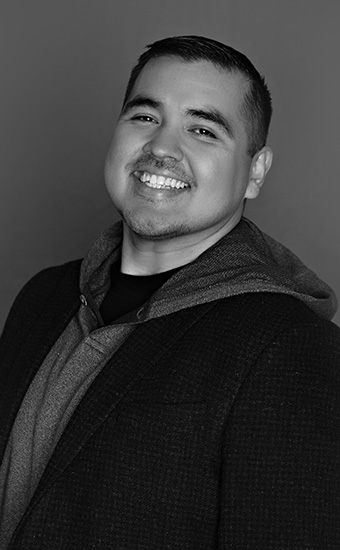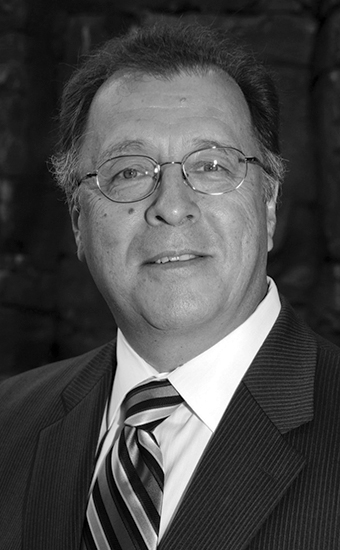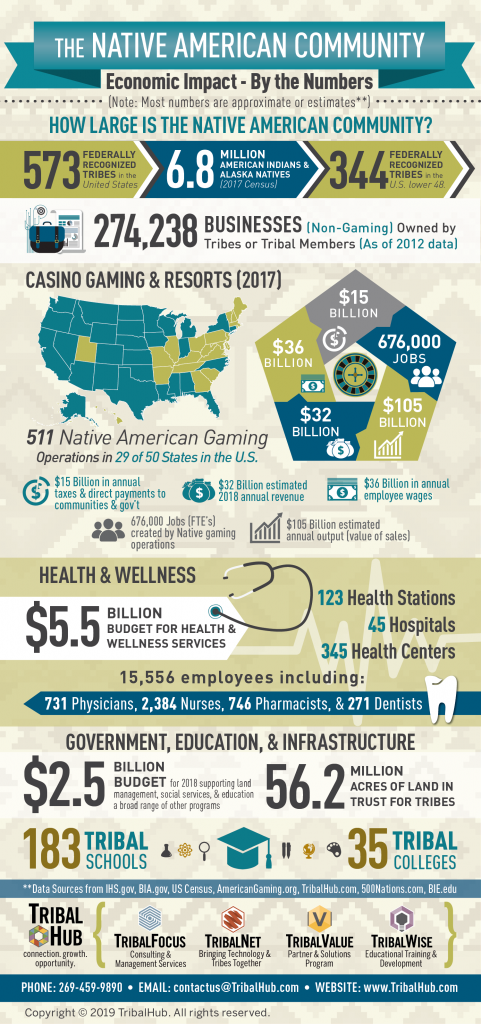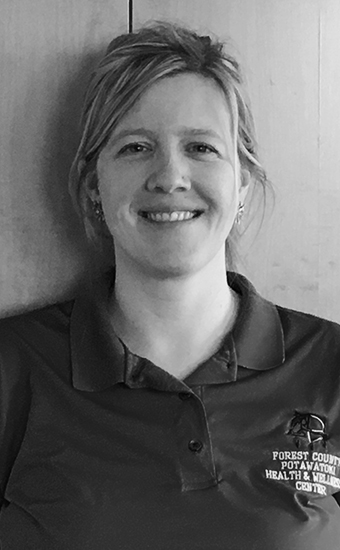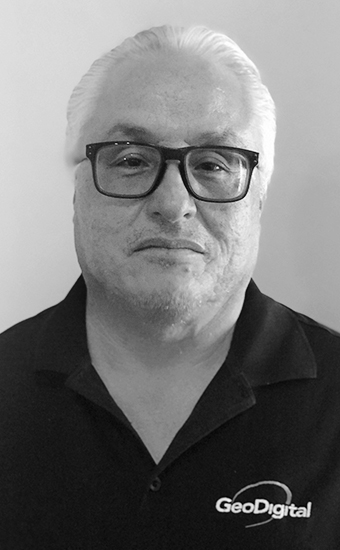TribalNet 2018 Speakers
|
| First Name |
Last Name |
Title |
Company/Organization |
Session |
| Zachary |
Atherton-Ely |
Associate General Counsel |
Mille Lacs Corp Ventures |
E-Sports and Fantasy Impact on Gaming |
| Dave |
Bailey |
CTO |
ArcticIT |
Blockchain Technology- Potential Uses Now and in the Future |
| Rehan |
Bashir |
Workshop: Incident Response- “it” just happened, now what? |
SeNet International |
Directory of Information Security Engineering |
| Orlando |
Bowman |
Program Supervisor II |
Navajo Police Department |
Digitizing the Law Enforcement and Judicial Division |
| Even |
Brande |
CEO |
Handel IT |
Data Analytics from an Academic Viewpoint |
| Fred |
Brown |
President |
Quantum Services |
Strategies for Getting and Keeping Your Best Workforce- the war for talent |
| Joe |
Cadd |
Client Partner Mobility Solutions |
Verizon Wireless |
Mobile Devices and Apps in Tribal Health |
| Leonika |
Charging |
Partner |
Fredericks Peebles & Morgan, LLP |
The Cloud for Tribes- data integrity, regulatory hurdles, hosted vs hybrid |
| Matt |
Clay |
Director of Health Services for the Pokagon Band and Senior Partner |
Quantum Services and Pokagon Band |
Strategies for Getting and Keeping Your Best Workforce- the war for talent |
| Robert |
Coffey |
Health IT Manager |
Perkins Family Clinic, Iowa Tribe of Oklahoma |
The Modern Health Informatics Workforce |
| Jennifer |
Curtet |
Professional Speaker, Author, Executive Coach, and On-Camera Host |
Synergistic Training Solutions |
Personal Leadership Fundamentals- leveraging motivational factors |
| Mike |
Day |
Founder and Executive Officer |
TribalHub |
Intersection of Leadership and Technology |
| Angie |
Dobney |
VP of Casino and Gaming Sales |
Rainmaker |
The Modern Hotel Room |
| Allyson |
Doctor |
General Manager |
Mohawk Networks |
Tribal Broadband, Community WiFi & Cellular Service |
| Izella |
Dornell |
Sr. Executive Partner |
Gartner |
IT Governance Audit- is your IT department aligned with the rest of your organization? |
| Nikki |
Ducheneaux |
Partner |
Fredericks Peebles & Morgan, LLP |
The Cloud for Tribes- data integrity, regulatory hurdles, hosted vs hybrid |
| Matthew |
Duchesne |
Chief, Office of Native Affairs and Policy |
Federal Communications Commission |
Tribal Broadband, Community WiFi & Cellular Service |
| Jermaine |
Dykes |
Sr. IT Project Manager |
Mobilitie |
Four Faces of Leadership |
| Michael |
Engel |
Corporate Vice President of Food, Beverage & Innovation works |
Mille Lacs Corporate Ventures |
Right sizing technology to ensure seamless integration |
| Matt |
Engle |
Commercial Insurance Broker |
Cragin & Pike |
Cyber Insurance Navigation |
| Patrick |
Flannery |
VP – Systems Tech Services |
Arisocrat |
Gaming Industry Titans Q&A |
| Ari |
Fox |
Co-Founder/CEO |
Fox Marketing |
E-Sports and Fantasy Impact on Gaming |
| Ben |
Fox |
Co-Founder/CEO |
Fox Marketing |
E-Sports and Fantasy Impact on Gaming |
| Jessica |
Frank |
Health Information Manager |
Forest County Potawatomi |
Mobile Devices and Apps in Tribal Health |
| Larry |
Fretz |
Practice Lead, NATRC |
Info-Tech |
Technology Policies and Procedures-baseline for any organization |
| Gus |
Fritschie |
CTO |
SeNet International |
Workshop: Incident Response- “it” just happened, now what? |
| Dan |
Garrow |
Board Member- St. Regis Mohawk Tribe and Consultant |
VPS/The Hartman Group |
Snapshot of the Leadership Pipeline
|
| Kateri |
Gill |
Senior Program Specialist |
MS-ISAC |
Workshop:
Cyber Security: Prevention & Information Sharing |
| Heidi |
Hamers |
Corporate VP of Marketing |
Mille Lacs Corporate Ventures |
Right sizing technology to ensure seamless integration |
| Scott |
Hanson |
VP of Table Games |
Mille Lacs Corporate Ventures |
Right sizing technology to ensure seamless integration |
| Brian |
Jamison |
Microsoft Technology Solution Professional |
Microsoft |
Security and Mobile Device/App Management |
| Curtis |
Keliiaa |
Senior Network Engineer |
Sandia National Laboratories |
IoT and Security |
| Ben |
Keller |
Sr. Vice President, Sales |
KEYPR |
The Modern Hotel Room |
| Stuart |
Kerr |
Senior Data Scientist |
Pechanga Resort & Casino |
Total Property Intelligence: A Real Life Pechanga Case Study |
| Eugene |
Kipniss |
Senior Program Specialist |
MS-ISAC |
Workshop:
Cyber Security: Prevention & Information Sharing |
| Matt |
Lane |
CIO |
JANUS Associates, Inc |
Cyber Security: Breaking the Communication Barrier Between Technical and Non-technical Managers |
| Markus |
Lassfolk |
CTO |
TrueSec Inc. |
Ransomware – how to avoid it or recover from it |
| Craig |
Lewis |
Senior IT Services Manager |
Software Engineering Institute –
Carnegie Mellon University |
Security Awareness- employee engagement |
| Stephanie |
Licata |
Training & Development Specialist |
SChange Ventures, LLC |
Strategies for Effective Conflict Resolution |
| Neal |
Logue |
Health Insurance Specialist |
Centers for Medicare & Medicaid Services |
New Performance Interoperability (MU) |
| Michael |
Lundie |
Director of Healthcare Interoperability Solutions |
Cognosante |
Evolving Health Information Exchanges beyond Data Gathering and Information Dumping Systems |
| Christopher |
Luter |
CIO |
Forest County Potawatomi Community |
Security and Mobile Device/App Management |
| Andrew |
Metcalfe |
President and CEO |
Native Network Inc. |
Tribal Broadband, Community WiFi & Cellular Service |
| Frank |
Murry |
CEO |
Cherokee Group Solutions |
The Modern Hotel Room |
| John |
Noriega |
Senior Director & Client Accountable Executive |
Cerner Corp |
Getting the Most Out of Your EHR |
| Jen |
Novitski |
Clinical Solution Executive Lead |
IBM Watson Health |
Automated Communications and Care Management |
| Tim |
O’Shea |
The Agent Of Change |
Tim O’Shea Enterprises |
Change Never Dies! Overcoming resistance to change |
| Thom |
Oaks |
Technical Solution Specialist |
Microsoft |
Security and Mobile Device/App Management |
| Christopher |
Orozco |
Team Member Relations Manager |
Win-River Resort & Casino |
Creating a Culture of Leaders |
| Jody |
Osbon |
Director of Information Technology |
Pokagon Band of Potawatomi |
Ransomware – how to avoid it or recover from it |
| Joseph |
Peters |
Solution Engineer |
Esri |
Drones- new uses for tribal lands and facilities |
| Ed |
Rangel |
Director of IT Operations |
Pearl River Resort |
Sports Betting- where should you be in the process |
| Clair |
Riley |
Territory Manager |
Matrix Imaging |
Digitizing the Law Enforcement and Judicial Division |
| John |
Salerno |
Director of Operations and Compliance |
USBookmaking |
Sports Betting- where should you be in the process |
| Vic |
Salerno |
President |
USBookmaking |
Sports Betting- where should you be in the process |
| Patrick |
Schwerdtfeger |
Snapshot of the Leadership Pipeline |
Trend Mastery, Inc |
Embracing Disruptive Innovation |
| Darren |
Simmons |
SVP Payment Solutions |
EVERI |
Gaming Industry Titans Q&A |
| Bobby |
Simpson |
CIO |
Finley & Cook |
Blockchain Technology- Potential Uses Now and in the Future |
| Mitchell |
Thornbrugh |
Acting CIO |
Indian Health Service |
State of the Industry Overview- Tribal Health |
| Andrew |
Trawick |
CEO |
Truvian Group |
Workshop: Effective Meetings |
| Marcel |
van Hulle |
Senior Vice President |
Info-Tech Research Group |
Tribal Organization Insights- 2018 Benchmarking Results |
| Jason |
Wesaw |
Government Manager |
Pokagon Band of Potawatomi |
Ransomware – how to avoid it or recover from it |
| Troy |
Wilkinson |
CEO |
Axiom Cyber Solutions |
Cyber Insurance Navigation |
| Travis |
Williams |
Sr. Network Engineer |
Pearl River Resort |
Sports Betting- where should you be in the process |
| Brad |
Worthley |
President |
Brad Worthley International |
Conversational Charisma- mastering communication and relationships |

